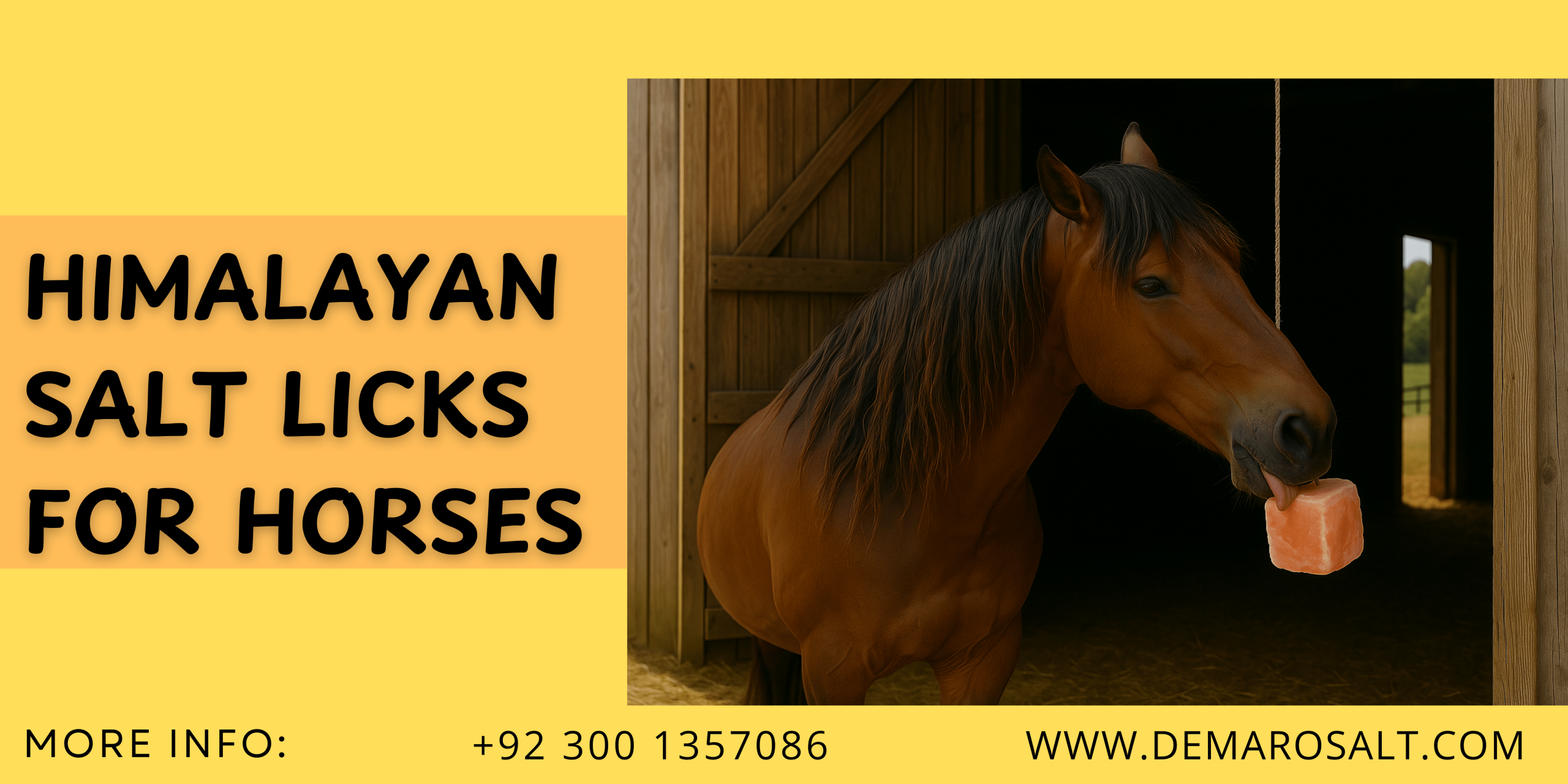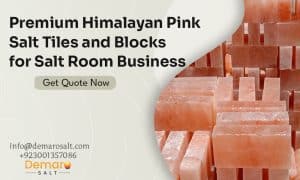Table of Contents
Salt licks last longer than most farm owners expect—especially when used and stored correctly. These mineral-rich blocks are essential in livestock nutrition, supporting hydration, muscle function, and overall health for animals like horses, goats, cattle, and sheep. Still, one common question remains: how long does a salt lick really last? Understanding its lifespan and proper usage helps ensure your animals receive steady access to vital nutrients while minimizing waste and cost.

What Is a Salt Lick?
Salt licks are solid mineral supplements provided to livestock and wildlife. They come in several forms, including:
– Himalayan salt licks (natural pink rock salt)
– Pressed mineral blocks (with added nutrients)
– Loose salt mixtures
– Flavored or molasses blocks
These blocks offer animals a self-regulating way to supplement minerals according to their needs.
How Long Does a Salt Lick Last?
The lifespan of a salt lick depends on several factors. On average:
– A salt lick for horses can last 1 to 3 months
– For goats or sheep, smaller blocks may last 2 to 4 weeks
– Cattle salt licks, especially large blocks, often last 4 to 8 weeks
But how long a salt lick lasts is influenced by animal type, usage, weather, and block size. Himalayan salt licks tend to last longer due to their hardness and weather resistance.
Signs It’s Time to Replace a Salt Lick
A few clear signs indicate when your salt lick needs replacing:
– It becomes too small to safely lick or handle
– It develops large cracks or splits
– It feels soft or mushy due to moisture
– Animals stop using it or lose interest
– Dirt or droppings contaminate it
Storage Tips to Extend Salt Lick Lifespan
Proper storage prevents waste and keeps the block safe for animals. To extend lifespan:
– Store in shaded, dry areas away from rain
– Use salt lick holders or hang with rope
– Keep off the ground to avoid contamination
– For outdoor use, place under covered feeders
– During humid months, monitor for mold or mushiness
Usage Tips by Animal Type
Here’s how to use salt licks effectively for different animals:
**Horses:** Mount inside stalls or hang in covered outdoor areas. Use 2–5 kg blocks.
**Cattle:** Place large blocks near feeding stations or water troughs. Use ground holders.
**Goats & Sheep:** Use smaller salt rocks in shaded areas, away from water to reduce dissolving.
How to Make the Most of Each Block
– Rotate the placement location to keep animals curious
– Avoid sharing one block among too many animals
– Replace before it becomes too worn or cracked
– Offer separate licks per species if you manage mixed livestock
Which Type Lasts the Longest?
Salt Lick Type | Average Lifespan | Durability | Best For |
Himalayan Salt Lick | 4–8 weeks | High | All livestock |
Mineral Block | 2–6 weeks | Moderate | Targeted nutrition |
Pressed Salt Block | 1–3 weeks | Low | Indoor use |
FAQs: Salt Lick Lifespan & Storage
**Q1: Does climate affect how long a salt lick lasts?**
Yes. High humidity or rain can dissolve the lick faster. Store it properly to extend use.
**Q2: Can animals overuse salt licks?**
It’s rare, but excessive consumption may signal a deficiency. Monitor their intake and health.
**Q3: Is it better to use multiple small blocks or one big one?**
Multiple blocks help reduce competition in large herds and allow even access.
Common Storage Mistakes to Avoid
Even the highest-quality salt licks can deteriorate if stored improperly. Farmers often make the mistake of placing them directly on the ground or in areas prone to flooding. This causes the salt to leach into the soil and wastes the block. Another mistake is storing blocks in open spaces during rain or snow, which rapidly breaks them down. Using old or rusted holders can also contaminate the lick or discourage use. Always ensure your storage solutions are clean, elevated, and protected from the elements.
By understanding the typical lifespan of salt licks and implementing smart usage and storage practices, you’ll get the most value out of every block. This not only benefits your budget but ensures your livestock remain healthy, active, and well-nourished. Himalayan salt licks, in particular, provide durability, purity, and long-term value for any animal care setup.
When You Need to Replace It Sooner
Some factors can cause salt licks to wear down faster. If your animals are especially active or you’re managing a large herd, expect quicker use. Hot climates and periods of stress—like lactation or recovery from illness—can also increase mineral demand.
Monitor not only the block’s condition but also your animals’ behavior. If they gather around the lick more often or show signs of competition, it’s a sign they may need more access or additional supplementation.
Conclusion
Knowing how long a salt lick lasts helps optimize livestock care and reduce waste. Proper storage, routine checks, and using the right type for your animals will ensure your herd stays healthy and hydrated. Whether you’re using Himalayan salt licks or standard mineral blocks, a little attention to storage and placement goes a long way.




